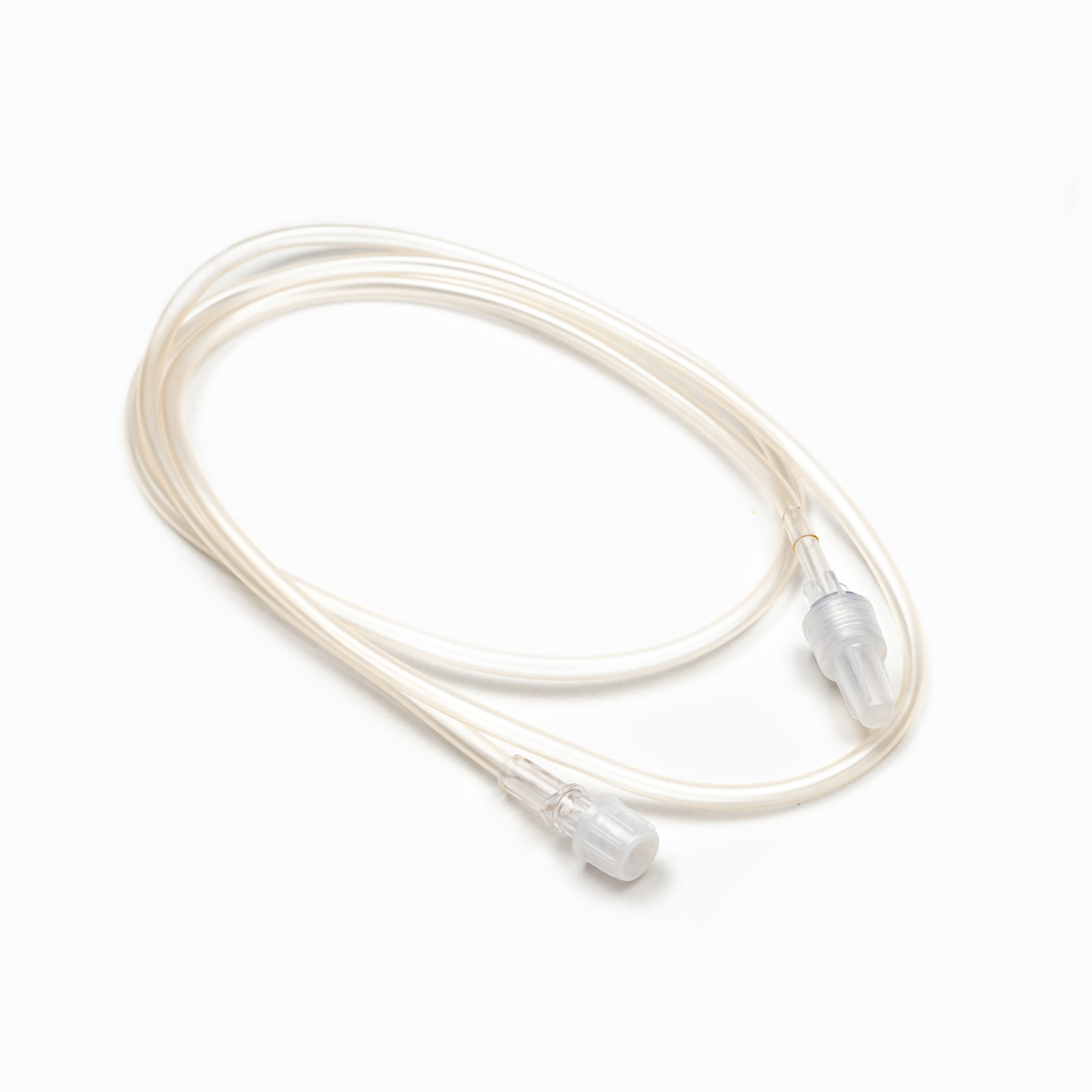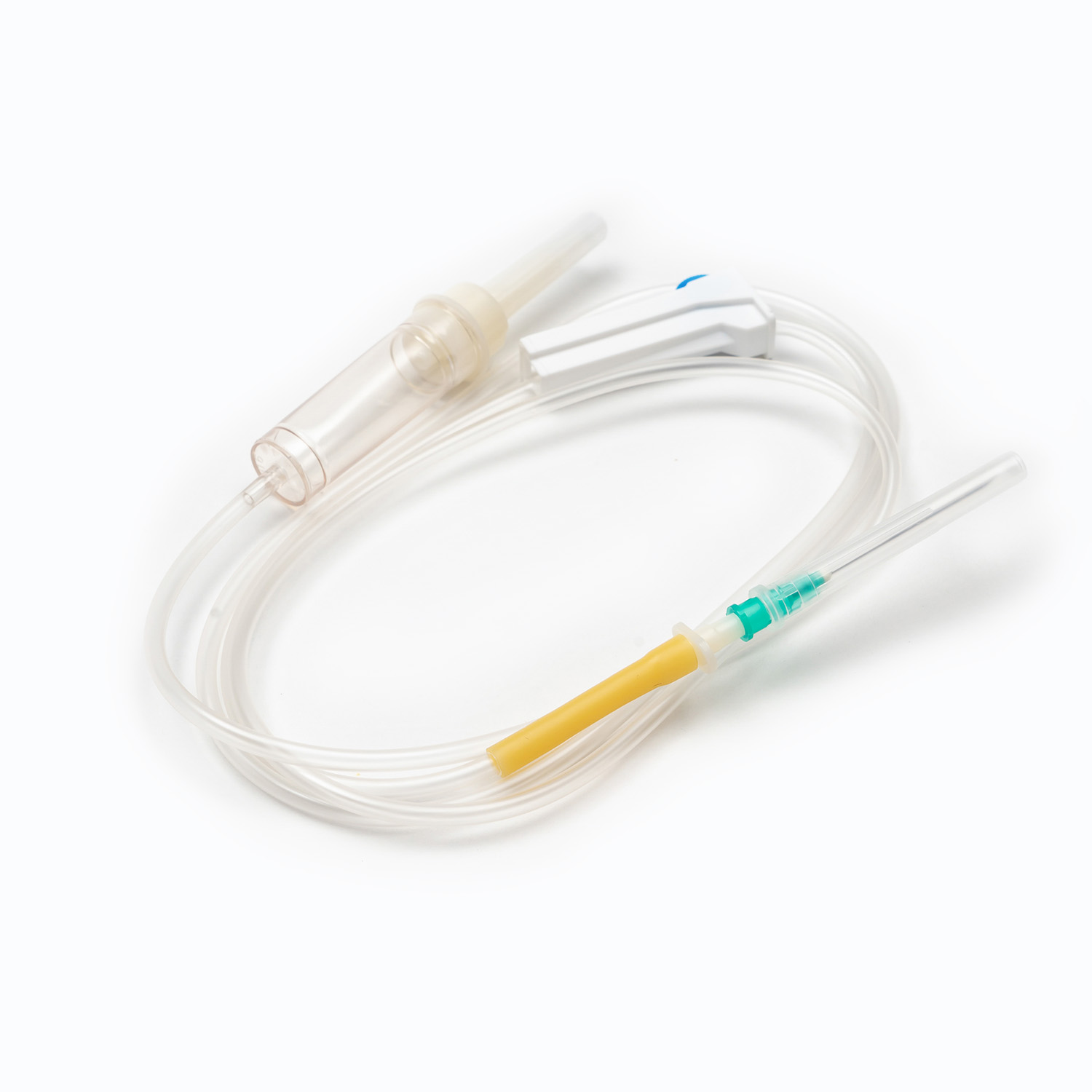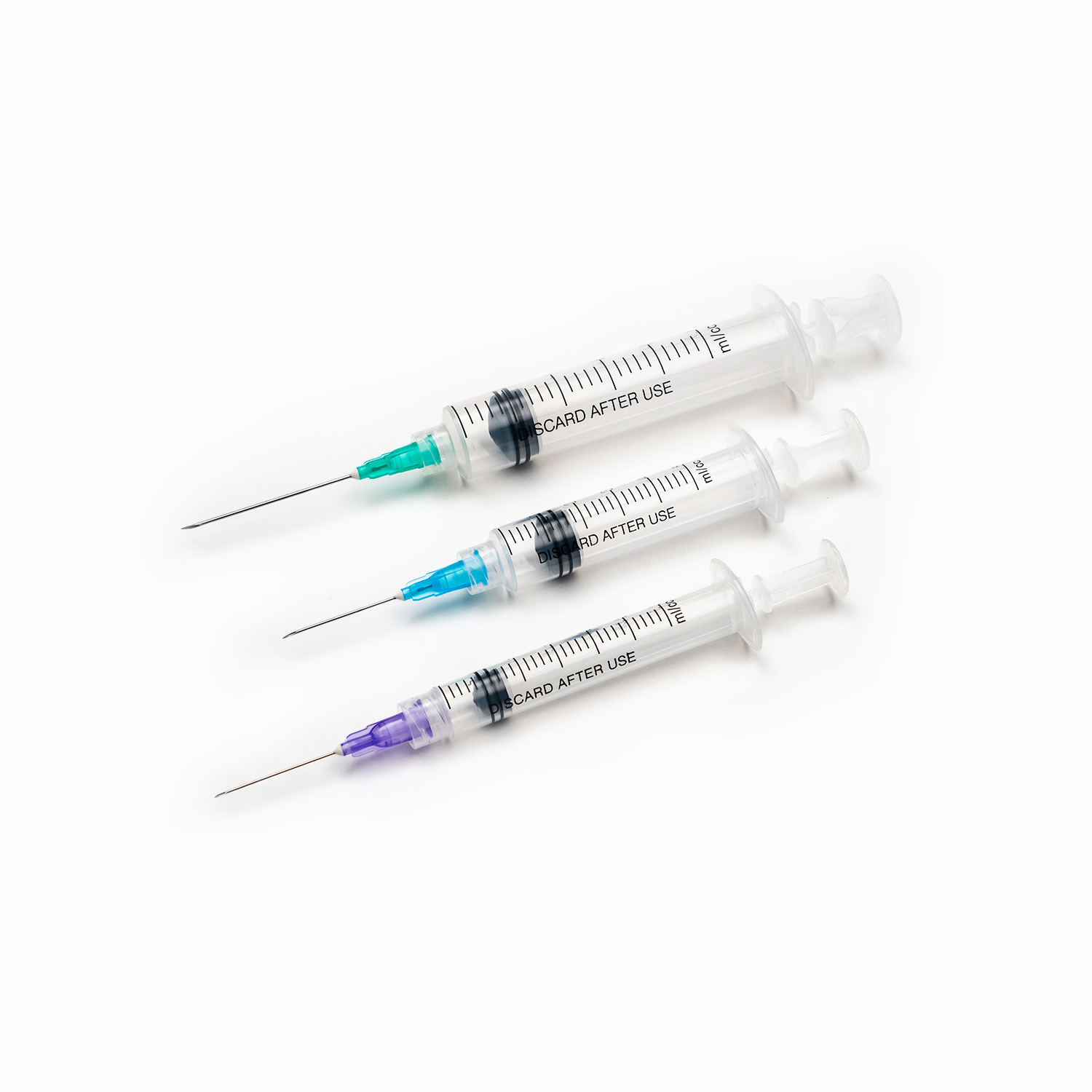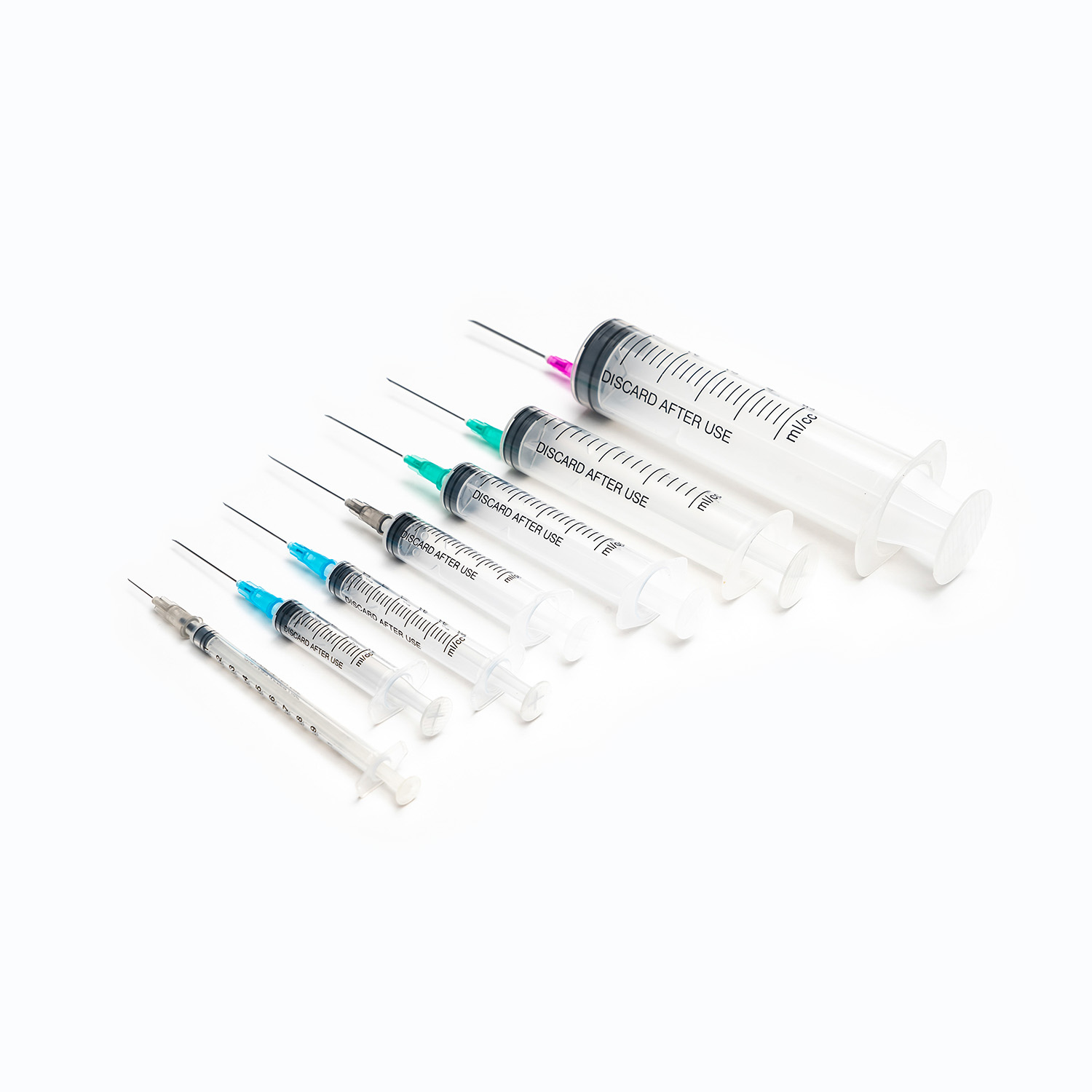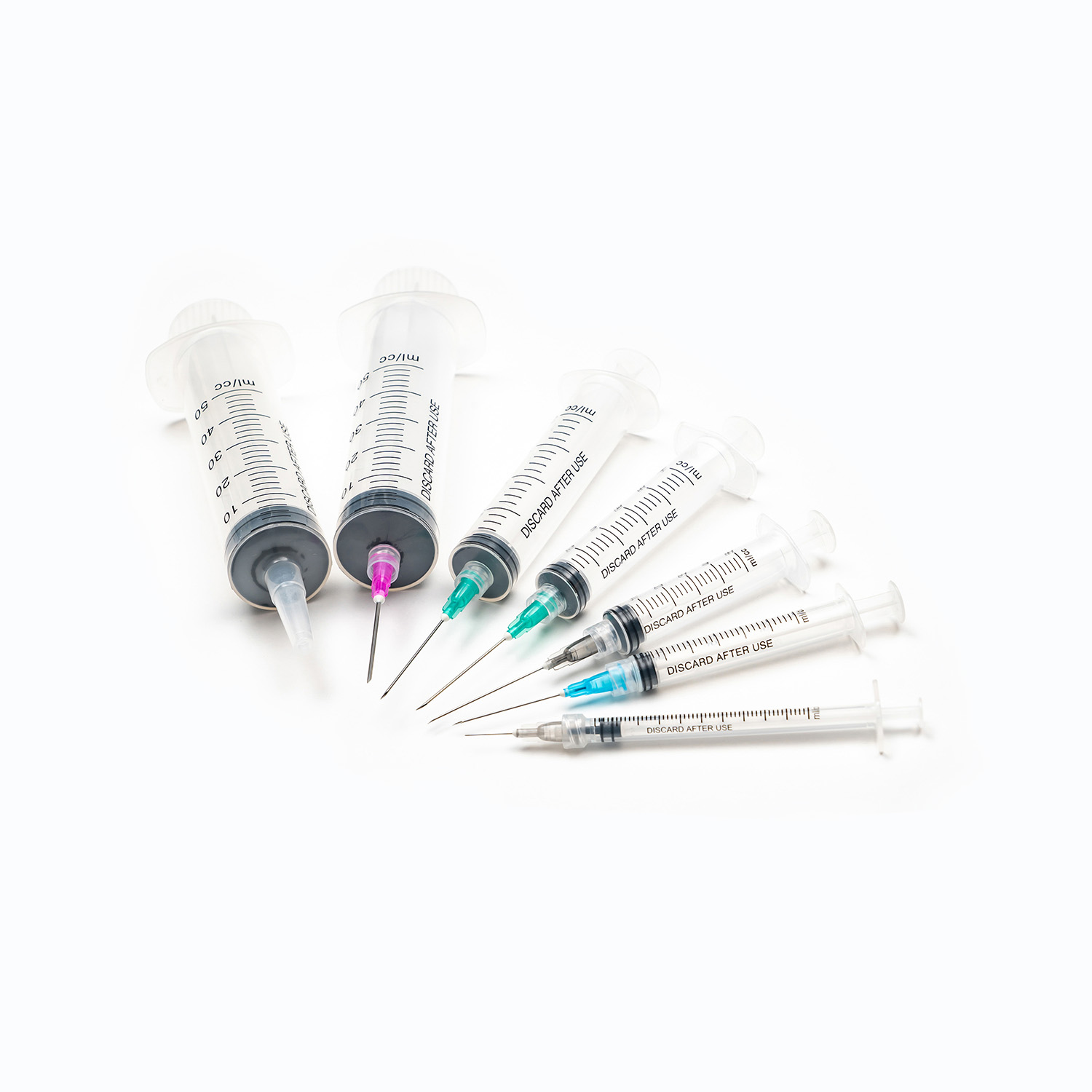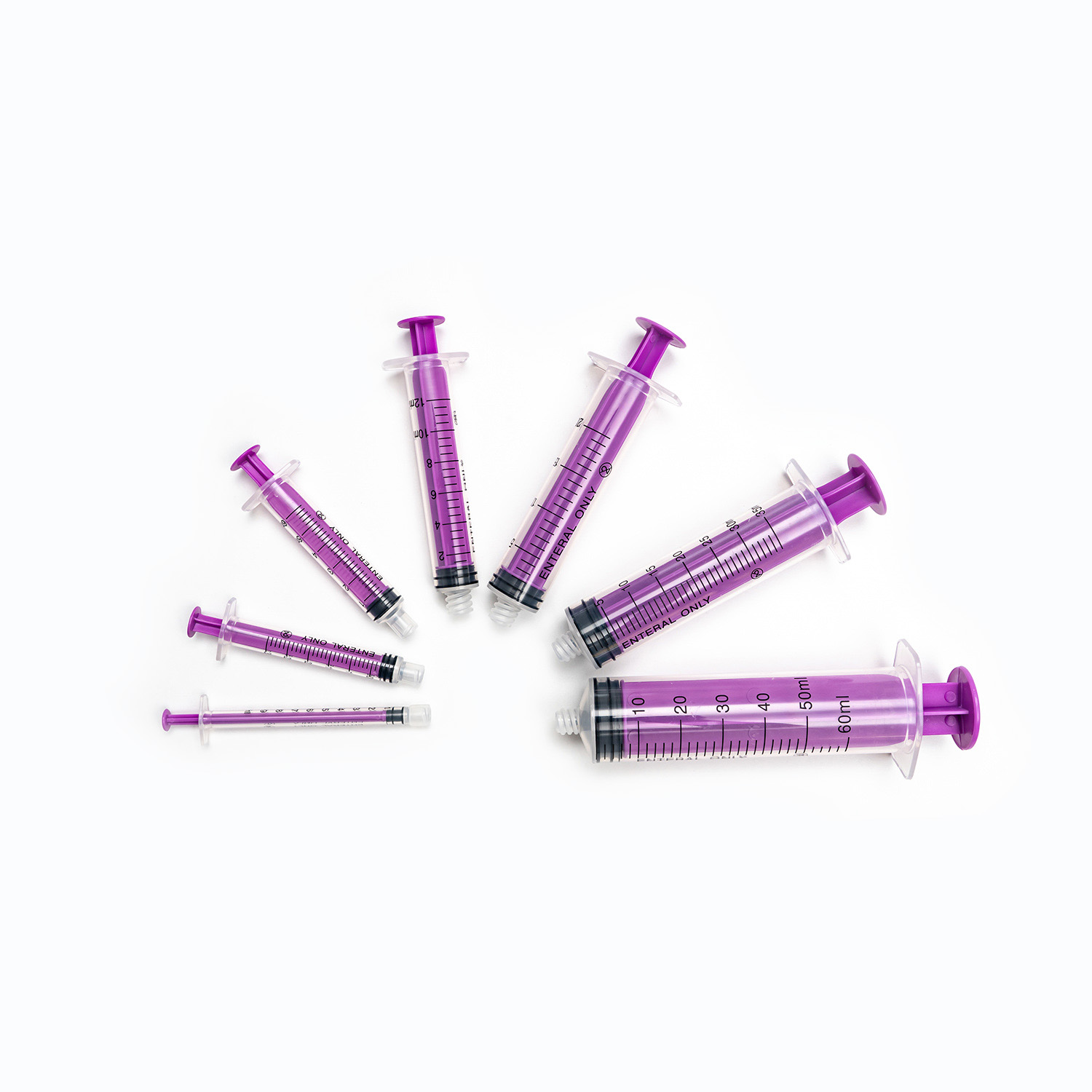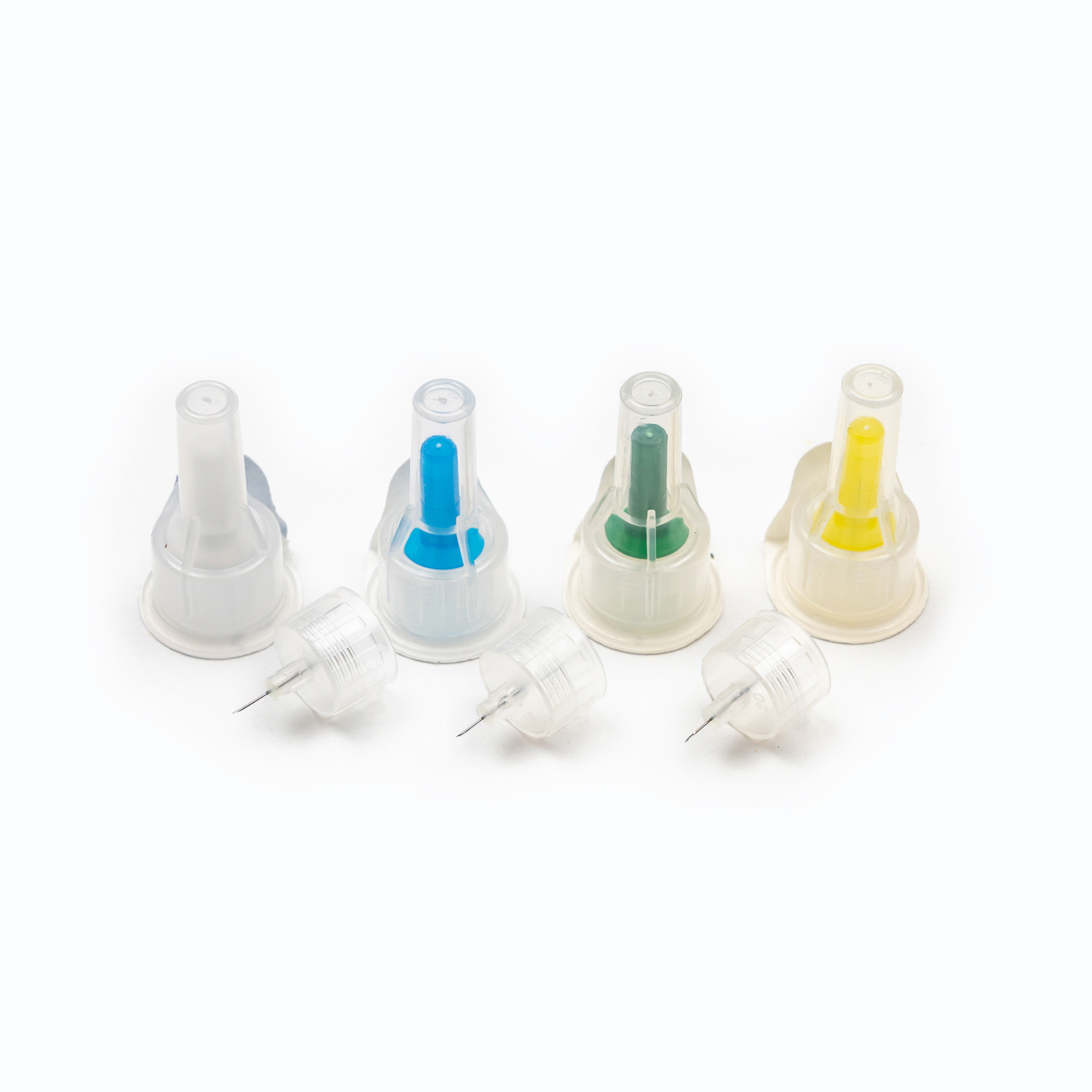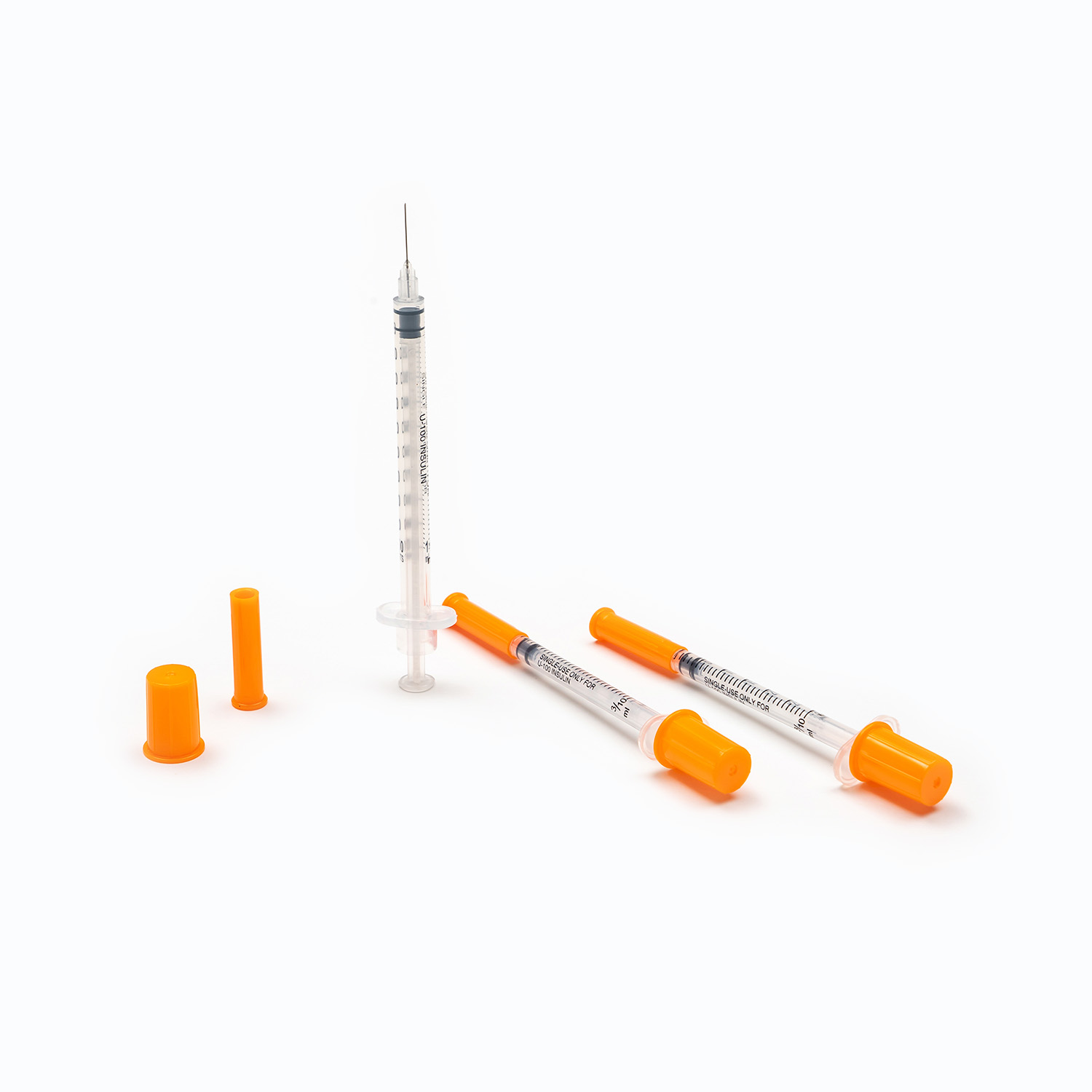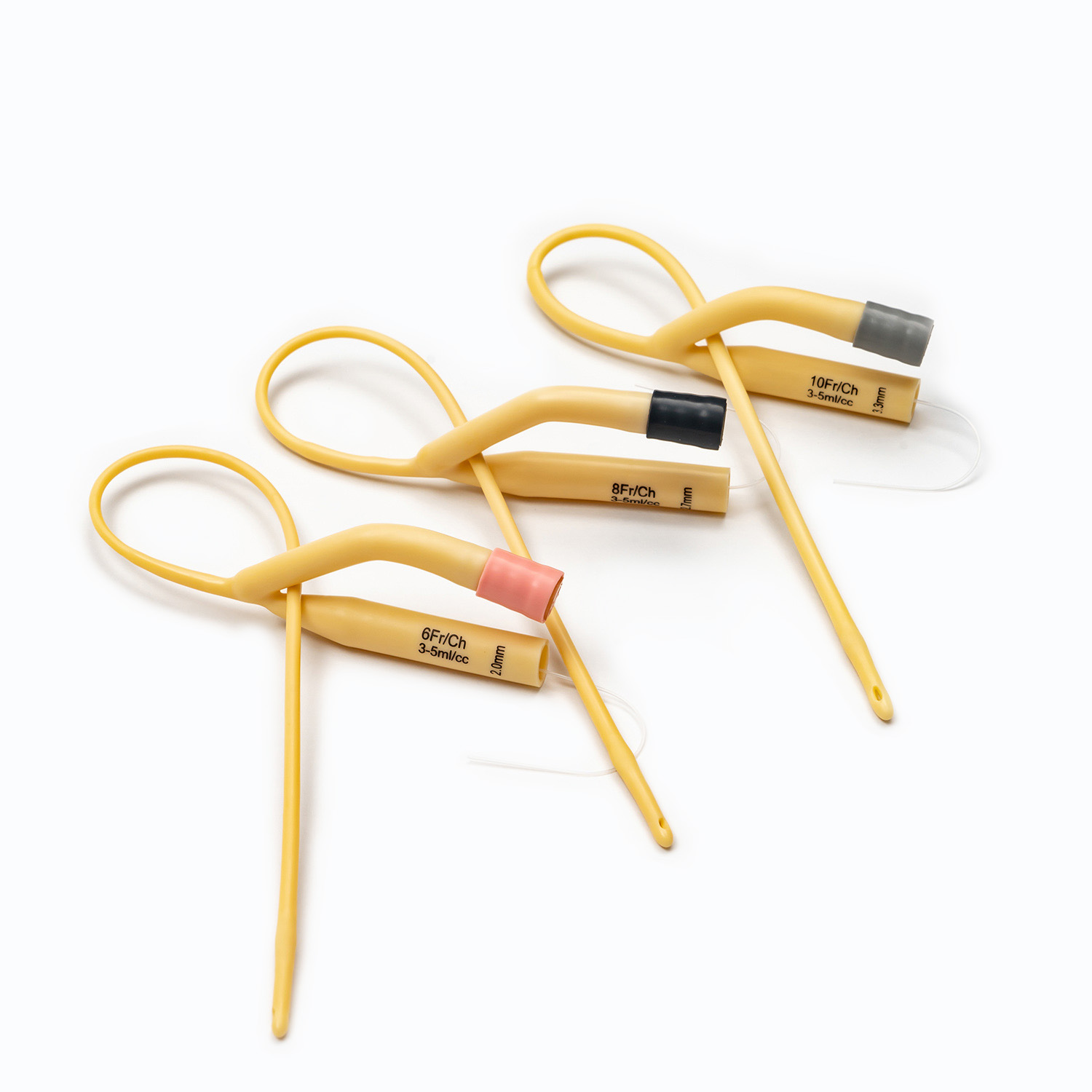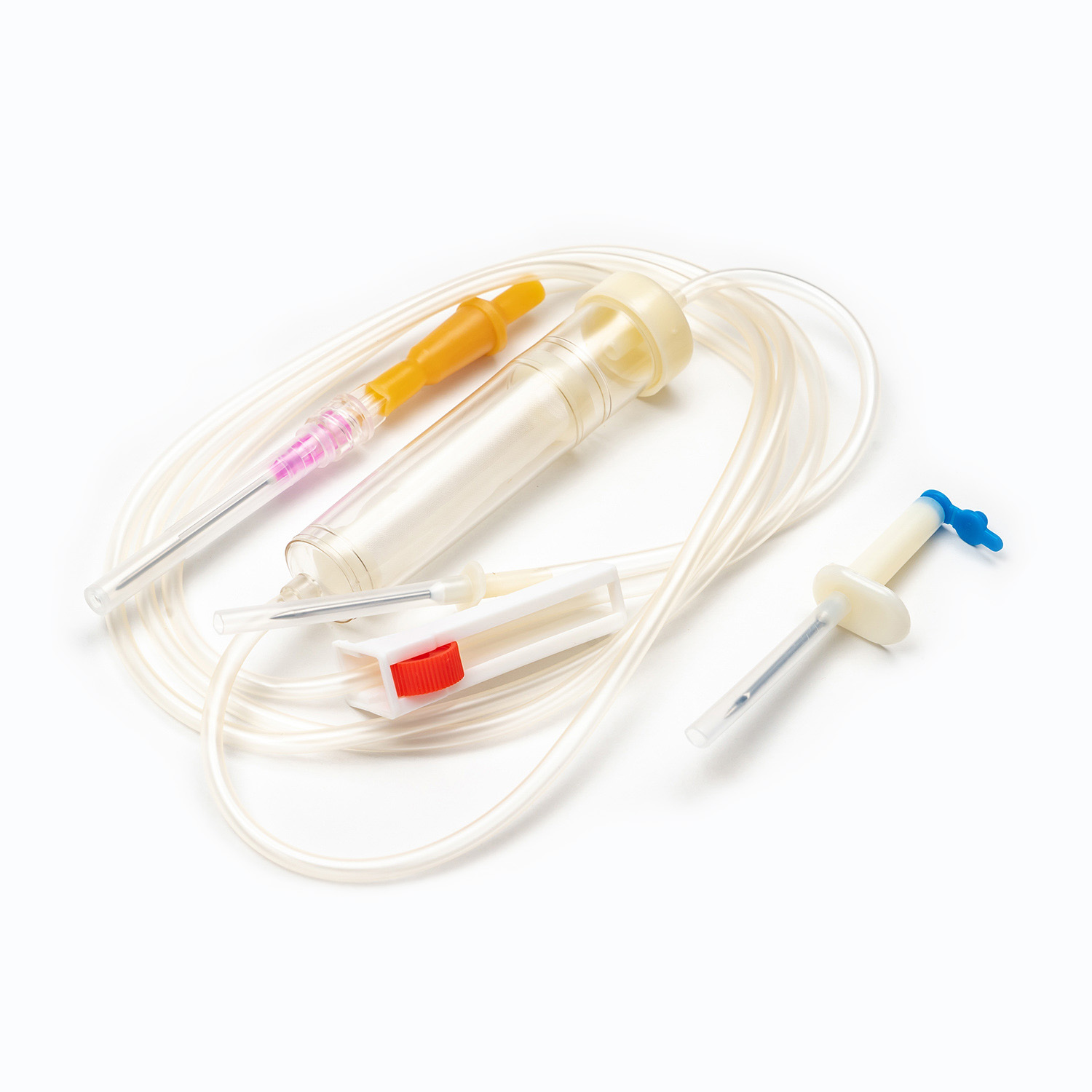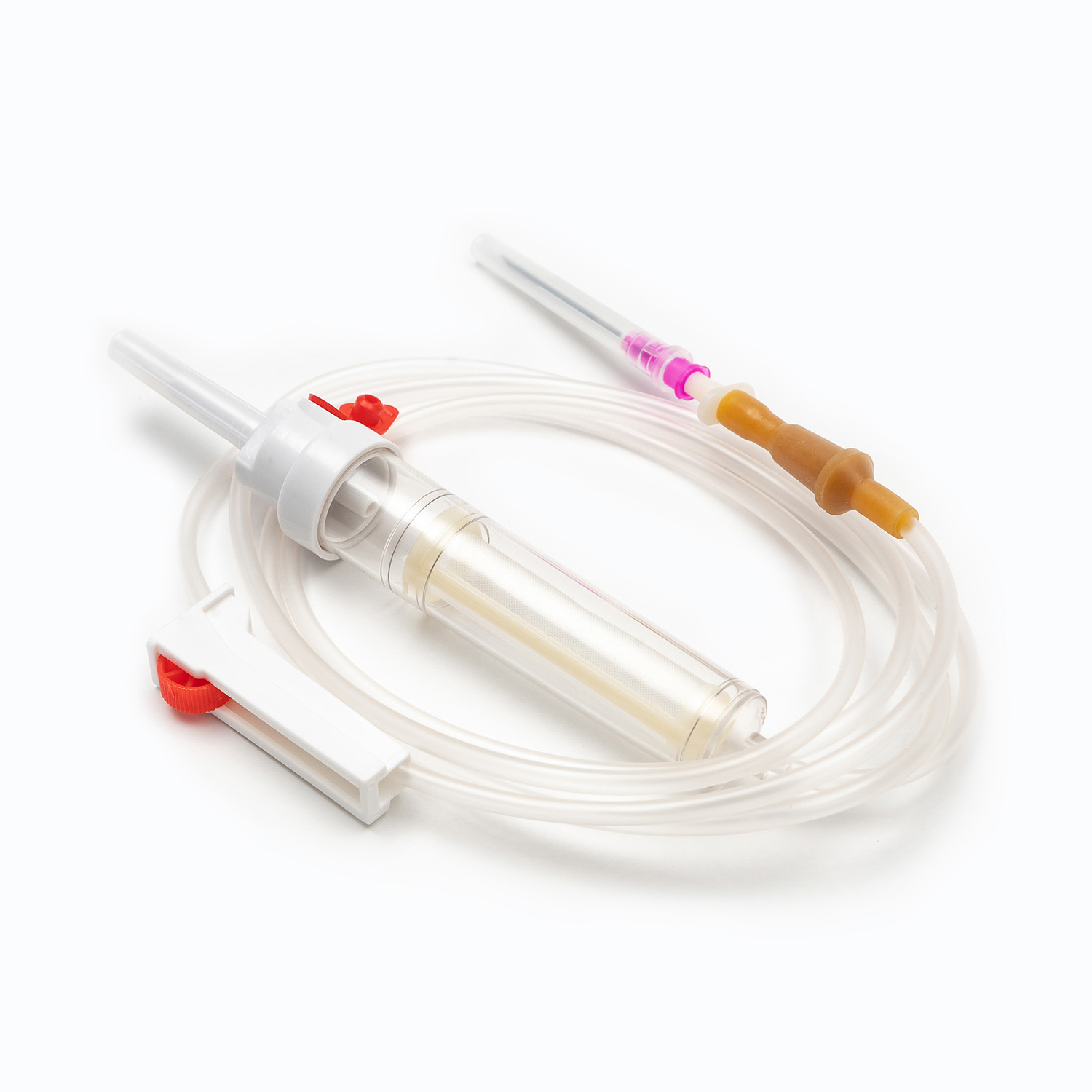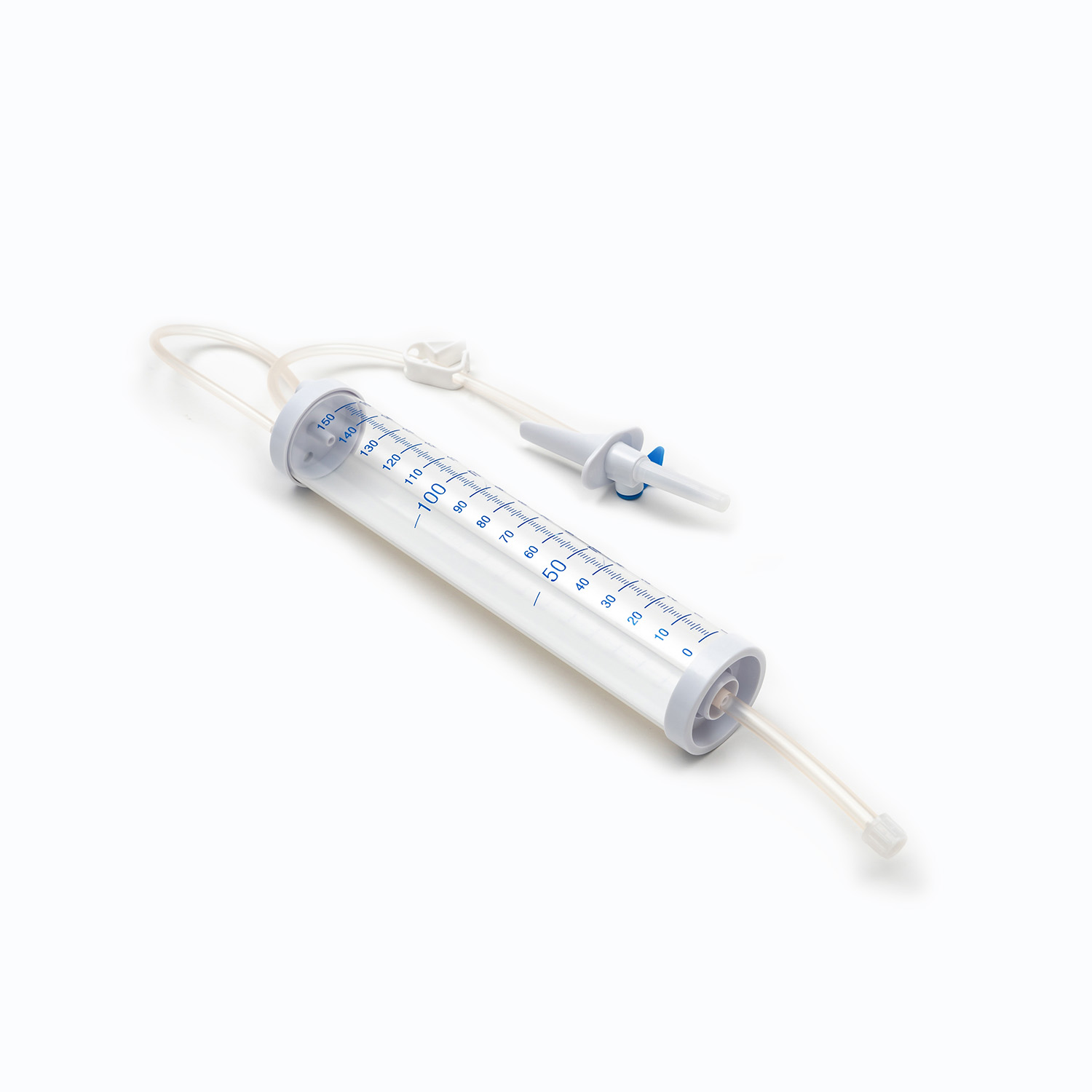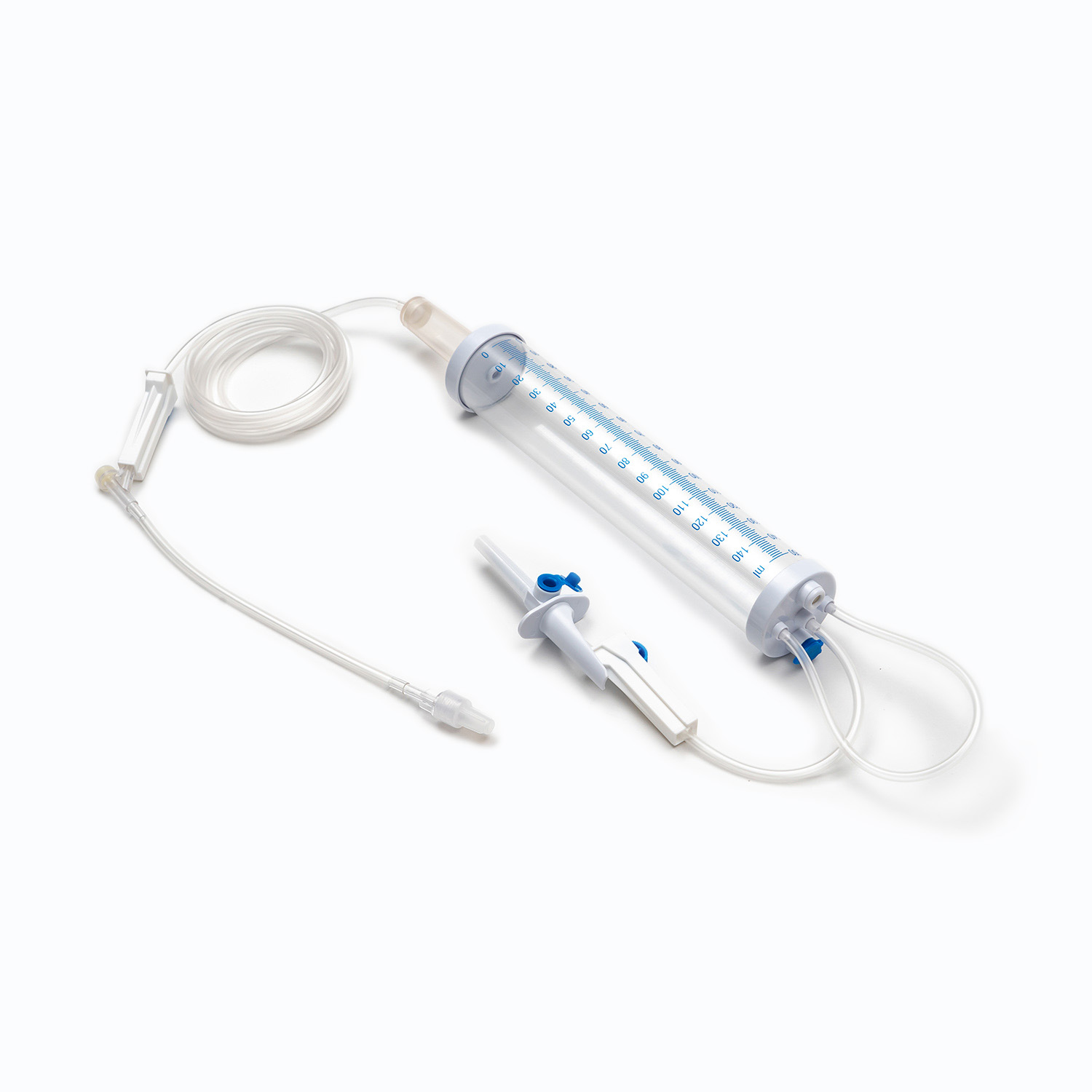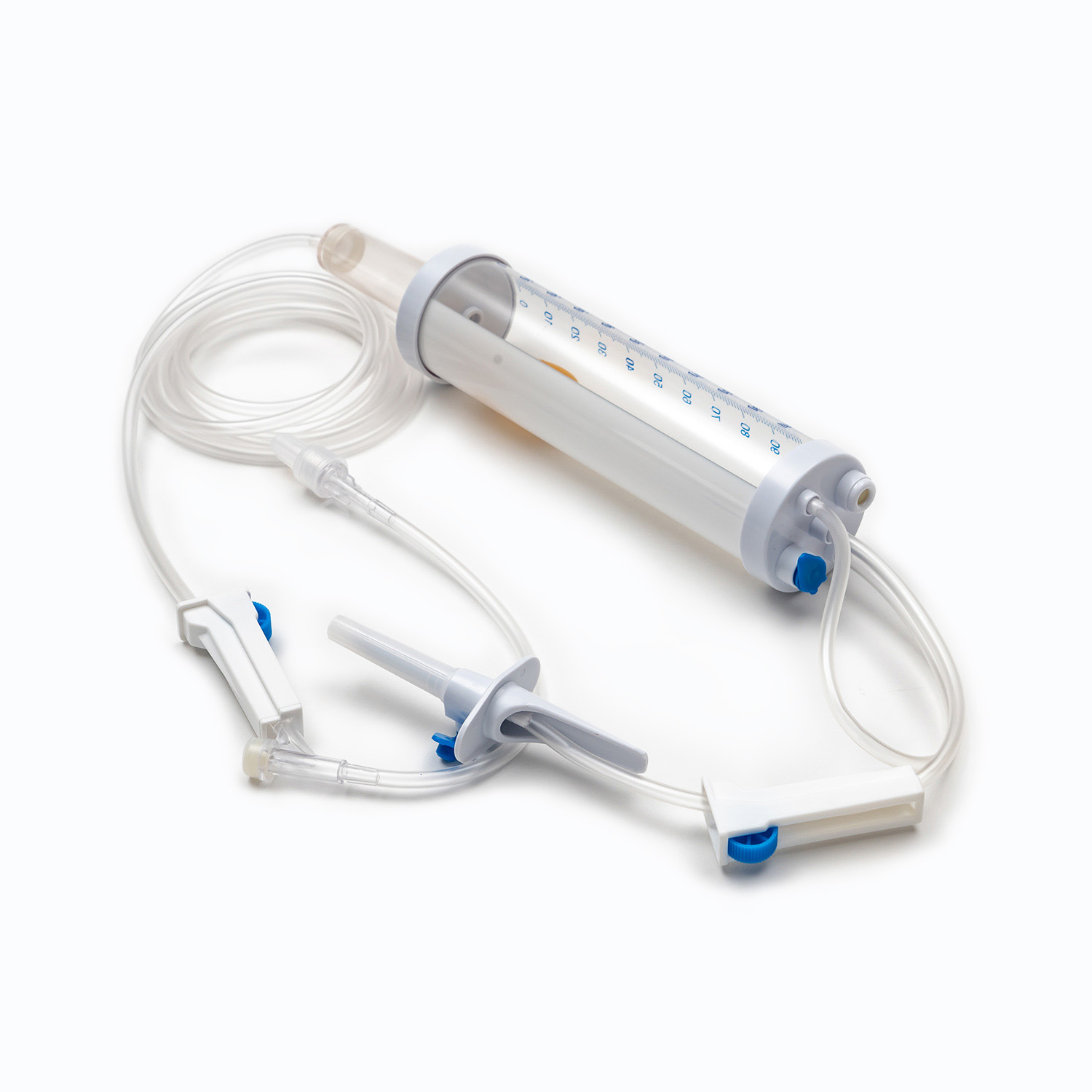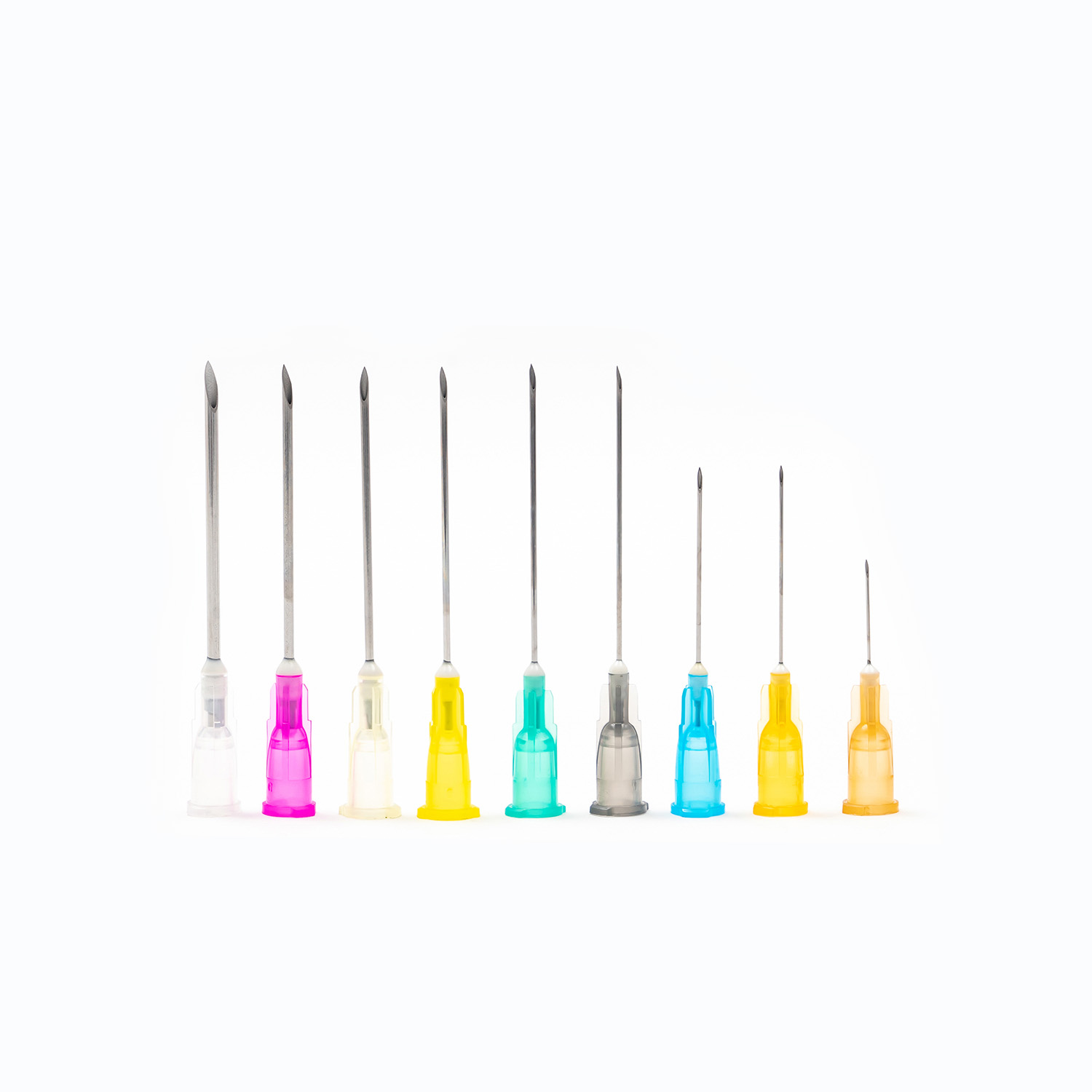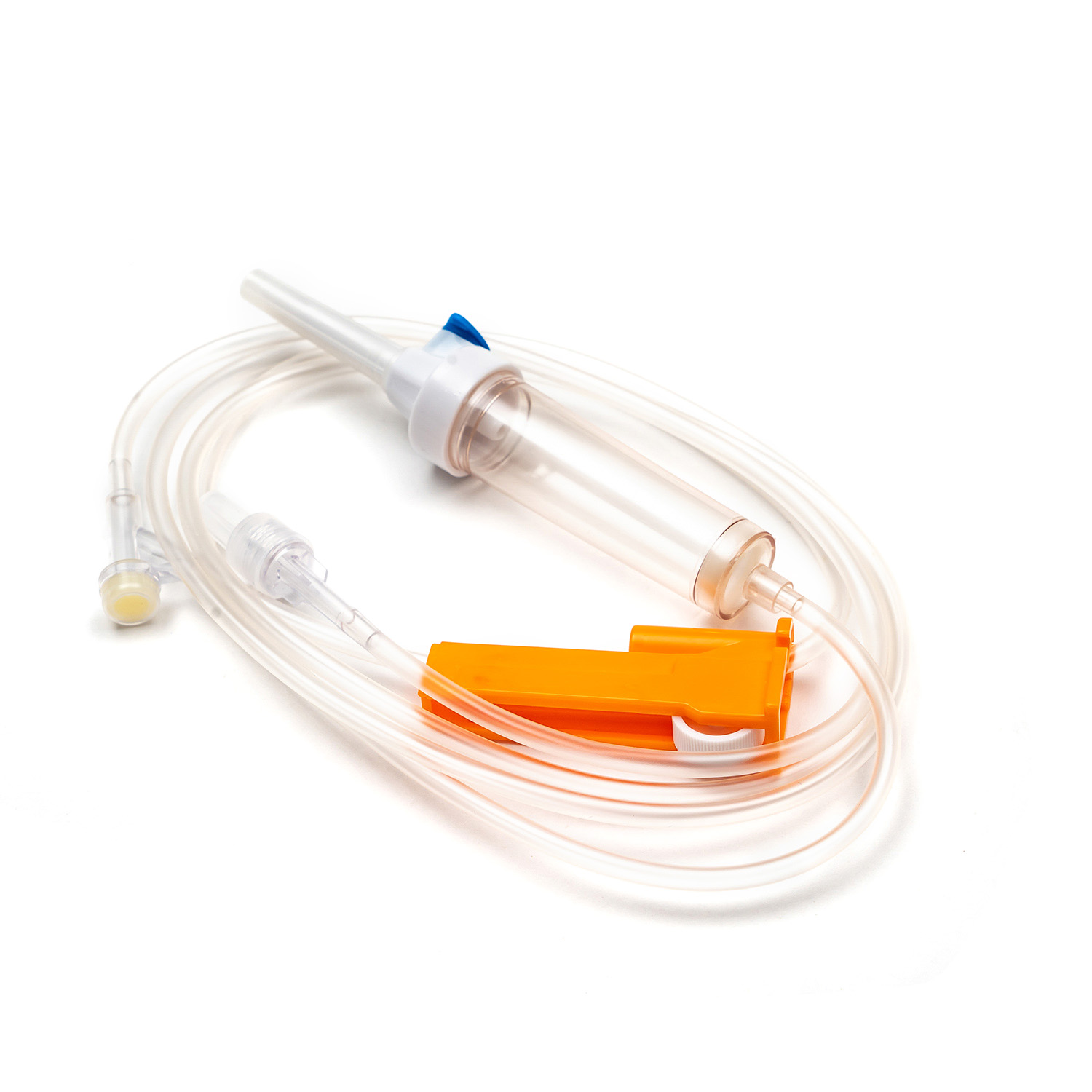Insulin syringe: a key tool for diabetes management
Jan 01,2025
In the vast field of diabetes management, insulin syringes play an indispensable role as a bridge connecting patients with effective treatment. With the advancement of science and technology and the continuous innovation of medical concepts, insulin syringes have evolved from the initial simple design to today's diversified, precise and humanized medical auxiliary tools.
The discovery of insulin has greatly improved the quality of life of patients with type 1 diabetes and provided effective treatment for some patients with type 2 diabetes. Early insulin injections relied on glass bottles and reusable needles, which were not only complicated to operate, but also posed a risk of cross infection. With the advent of disposable syringes, these problems have been initially solved. Subsequently, the emergence of prefilled insulin pens has brought the convenience of insulin injection to a new level. In recent years, the development of smart insulin syringes and insulin pumps has further simplified the treatment process and improved the safety and effectiveness of treatment through integrated technologies such as dose memory, blood sugar monitoring connection, and remote monitoring.
Insulin syringes are mainly divided into three categories: traditional syringes, insulin pens and insulin pumps. Traditional syringes are suitable for large-dose injections or special circumstances. Although their operation is relatively cumbersome, they are relatively low in cost. Insulin pens are the first choice for most diabetic patients because of their portability, ease of use, and precise dosage. Insulin pumps represent the forefront of diabetes management technology. They simulate the natural secretion pattern of the human pancreas and provide patients with more flexible and personalized treatment plans through continuous subcutaneous infusion of insulin. They are especially suitable for children and adolescents who need to fine-tune their blood sugar levels.
Correct use of insulin syringes is an important part of ensuring treatment effectiveness and avoiding complications. Patients need to follow the following principles: 1) Strictly follow aseptic operation and check whether the syringe and needle are intact before each use; 2) Accurately calculate the required dose according to the doctor's instructions to avoid overdose or underdose; 3) Rotate the injection site to reduce subcutaneous fat hyperplasia and the formation of nodules; 4) After the injection, properly dispose of the discarded needles and syringes to prevent environmental pollution and harm to others.
The development of insulin syringes is not only a reflection of the advancement of medical technology, but also a change in the concept of diabetes management. It encourages patients to participate more actively in their treatment plans and work with doctors to develop personalized treatment plans through regular blood sugar monitoring, diet adjustment, and increased exercise. At the same time, with the application of technologies such as the Internet of Things and big data, future insulin injectors will be more intelligent, able to analyze patients' blood sugar data in real time, predict and prevent the occurrence of hypoglycemia or hyperglycemia events, and further improve patients' quality of life and life expectancy.



 English
English Français
Français русский
русский Español
Español
